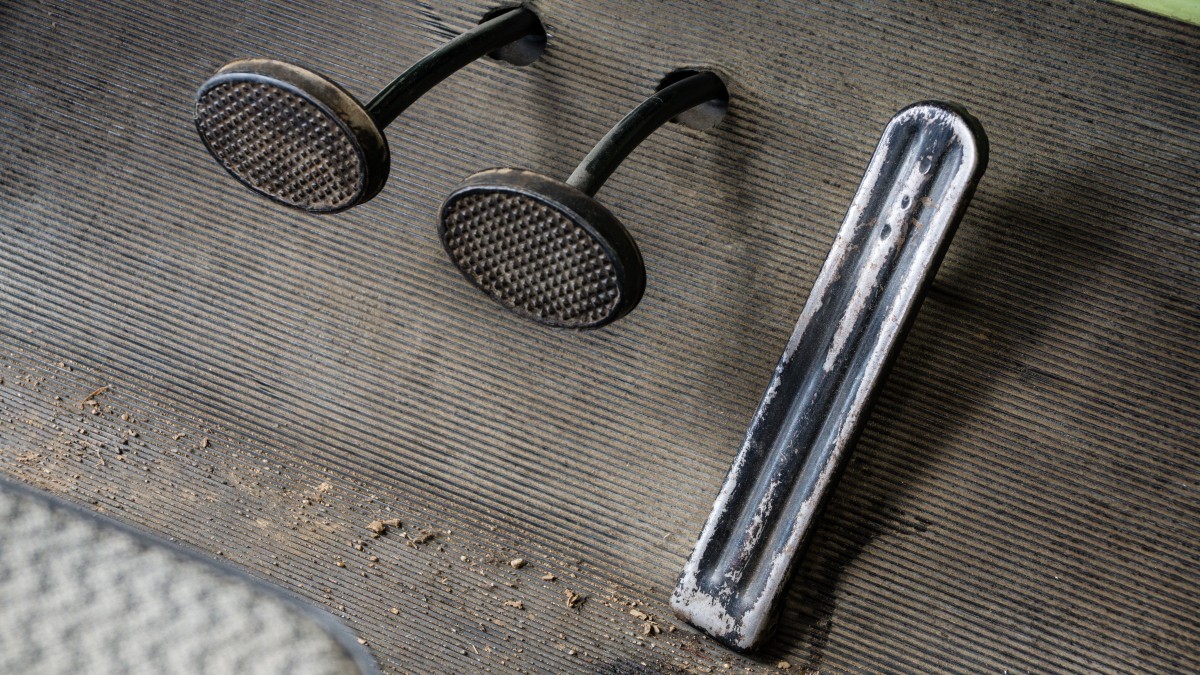What to Do if the Brake Pedal Is Hard?
Contents
Focus on the brake booster
Step 1: Check the brake caliper
Step 2: Test the vacuum system
Step 3: Check the vacuum hose
Step 4: Check the vacuum pump
Step 5: Change the mastervac
Step 6: Check the other parts of the brake system
Your brake pedal is very firm. No matter how hard you press, your car stops with difficulty, you pass the traffic light line. Do not drive like this!
Identify the fault quickly because any defect in the braking system can be dangerous. The main component involved is the brake booster (known as a brake booster or mastervac), which serves to multiply the effort you exert on the pedal for effective braking. But other sources of failure are possible.
Warning: a braking fault is dangerous, and taking your vehicle to a car mechanic is the best thing to do here.
Here’s how to diagnose the cause of the fault and determine the part to change in the event of a hard brake pedal.
Focus on the brake booster
Role of the brake booster
The brake booster, also called brake booster or mastervac, allows you to multiply by 2 or 4 your effort on the brake pedal.
Important: even if the braking system is functional, it is very difficult to activate without the assistance of the mastervac.
It is a kind of large bell located under the brake fluid jar.
How the mastervac works
The mastervac works with a vacuum system:
A vacuum of air is created in the engine.
It is conducted to the mastervac via a vacuum hose, equipped with a non-return valve.
It helps you to depress the brake pedal.
1. Check the brake caliper
The brake pedal may be jammed because of a seized brake caliper.
The symptoms are very easy to recognise:
the braking is constant ;
there is a squeaking noise when driving and a burning smell.
Change the caliper quickly.
Good to know: even a slightly seized caliper increases fuel consumption and the general wear of the brakes.
2. Test the vacuum system
Locate the vacuum hose.
Good to know: you can already look at the condition of the hose, to assess whether it could be a source of failure.
Disconnect the hose from the mastervac.
Start the engine and place your finger or the palm of your hand on the hose. You should feel air being sucked in:
If there is a good suction, the vacuum circuit is good. This means that the mastervac is affected (step 5);
If not, you should check if there is a leak in the vacuum hose (step 3) or if the vacuum pump has failed (step 4).
Good to know: if you have a vacuum pump, test this suction more precisely.
3. Check the vacuum hose
Look for damage to your vacuum hose: it should not be porous or punctured.
Good to know: good news if it is, because this is the quickest and cheapest repair!
Measure the diameter of the hose to be changed.
Buy a vacuum hose with the right diameter and replace the old one.
4. Check the vacuum pump

Depending on the type of engine, the vacuum is created differently.
Case 1: petrol engine
On a petrol engine, the vacuum is created directly in the engine, in the intake manifold, at the throttle valve.
If your idle is working, the vacuum is being created correctly.
Case 2: diesel engine
On a diesel engine, a vacuum pump creates the vacuum.
Test its operation in the same way as in step 2, by putting your finger directly on the air outlet of the air pump:
If there is a good suction, the leak is in the vacuum hose (step 3);
If you do not feel any suction, the vacuum pump must be changed.
Change the vacuum pump if necessary
Changing the vacuum pump is a fairly simple operation if you have identified a problem with it.
Unscrew the pump’s fixing screws with a Torx spanner.
Disconnect the air hose.
Remove the old vacuum pump and replace the new one.
Secure it with the fixing screws.
Reconnect the air hose.
5. Change the mastervac
If the vacuum reaches the mastervac, it is probably the mastervac itself that needs to be replaced.
Inside the mastervac, the air vacuum attracts a diaphragm and multiplies your effort when you press the pedal.
If this diaphragm is punctured, the brake booster is useless. It must therefore be replaced.
6. Check the other parts of the brake system
Once you have changed the failed component, do a complete check of the brake system:
pads;
discs;
brake fluid level.

